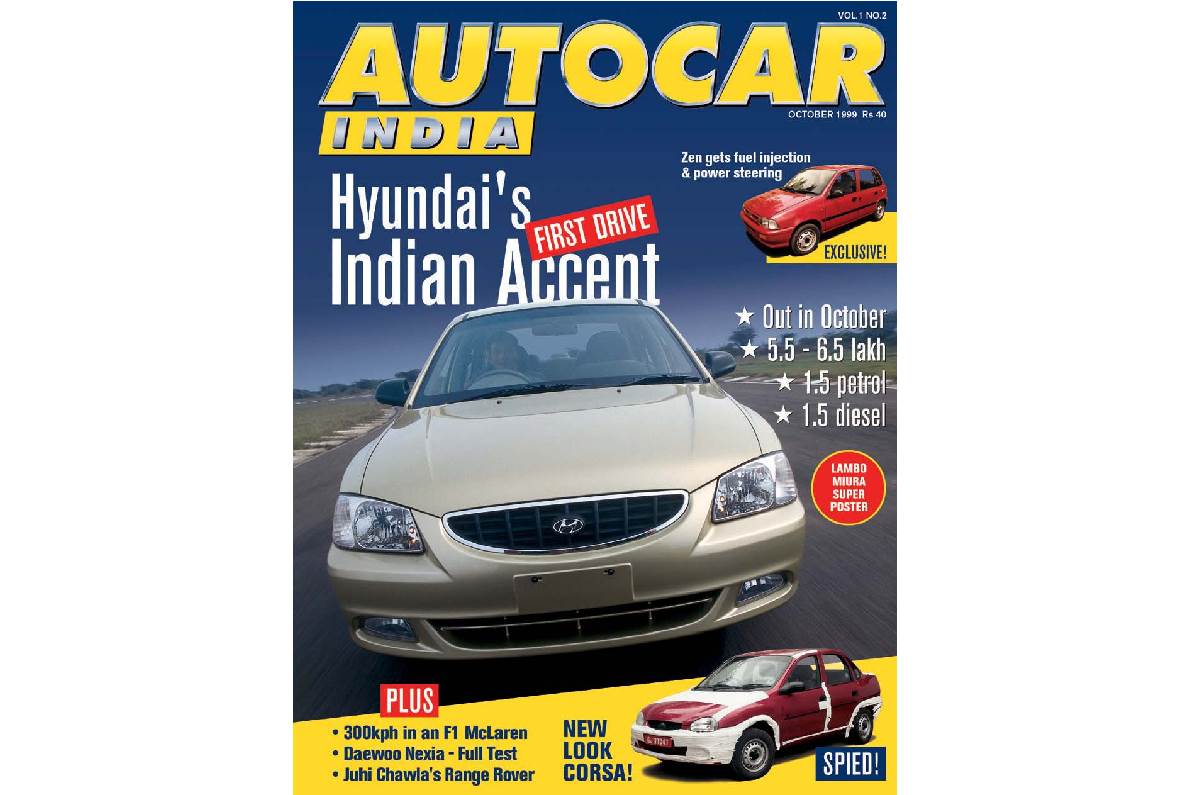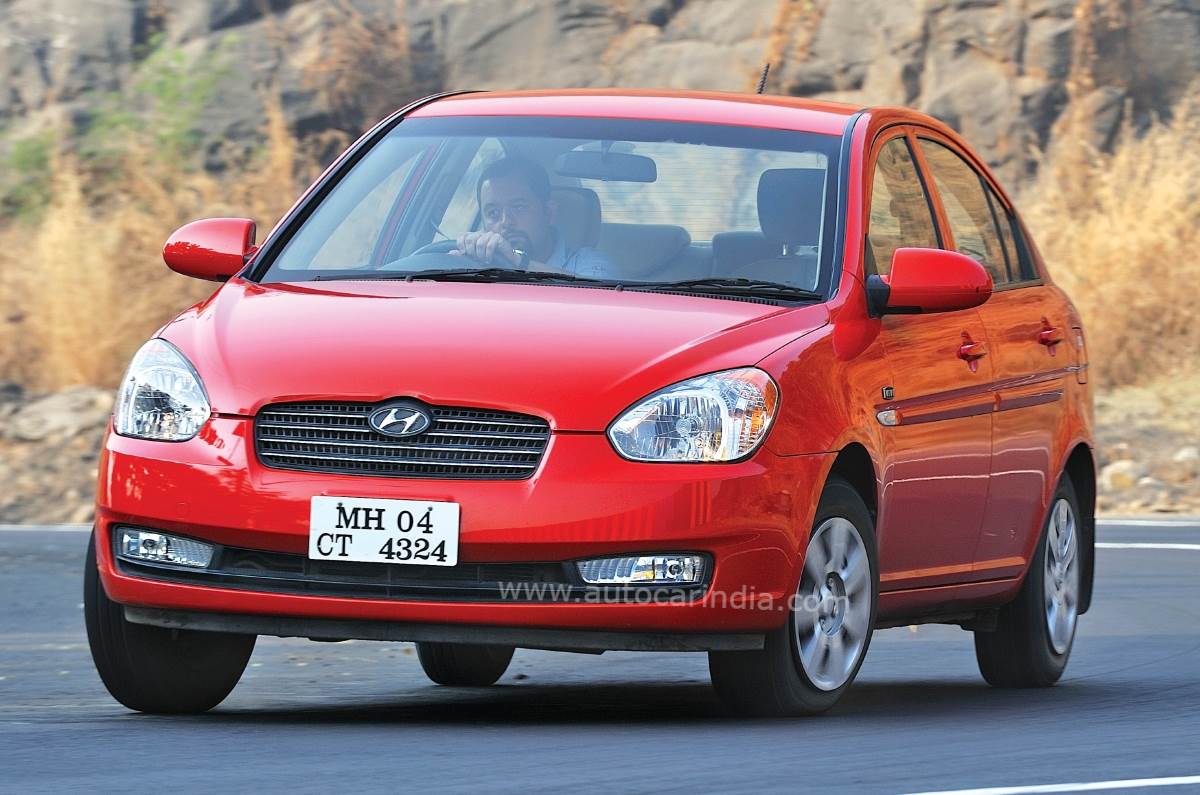Ahead of the new Verna’s launch on March 21, we look at how the Hyundai sedan has shaped up over the years.
Right from its introduction back in 2006, the Hyundai Verna has always been one of the strongest players in the Indian midsize sedan segment. It explains why Hyundai hasn’t given up on the Verna despite the fact that the segment is losing popularity in the recent past to compact and midsize SUVs. Come March 21, an all-new Verna, now in its fourth generation, will go on sale in India, followed by other markets. Just before the new Verna comes along, we take a ride back in time and tell you how the Verna has evolved over the years.
Hyundai Verna started its life as the Accent in India
Hyundai came to India in late 1990’s with the Santro hatchback, and its popularity encouraged Hyundai to bring the Accent midsize sedan to India. The Accent that we got was the second generation model globally, which, interestingly, was named ‘Verna’ in its home market of South Korea. The Accent entered at a time when the midsize sedan segment was fairly crowded with rivals like the Daewoo Cielo, Mitsubishi Lancer, Fiat Sienna, Maruti Suzuki Esteem, Ford Ikon and, of course, the Honda City.
We drove the first-gen-for-India Hyundai Accent and featured it on the October 1999 cover of the Autocar India magazine. The Accent created a strong first impression on us and our testers, and they particularly liked the Accent’s styling, the premium interiors and the big car feel that it provided when on road. However, we felt that the Accent was more of a comfortable cruiser than an outright driver’s car. It was launched here in November 1999 with an attractive starting price of Rs 5.35 lakh (ex-showroom).
Accent replacement was called the “Verna” in India (2006-2011)
The value-for-money pricing, good looks and brand reputation earned by Hyundai in a relatively short period of time made the Accent successful in the competitive midsize sedan space. While it never really toppled the Honda City, the segment favourite, the Accent was still a strong contender.
However, six years into its lifecycle, the Accent started facing the brunt from newer, more advanced rivals. From the lower end of the segment, it had to compete with Tata’s new Indigo, and it now had the immensely capable made-for-India Ford Fiesta and Chevrolet Aveo as its direct rivals. It still had the formidable City, which by then, had moved to a new generation and was radically different from the model it replaced.
Hyundai launched the new generation Accent in India, but it carried the ‘Verna’ badge this time. While the new generation was named Accent in some markets, Hyundai chose the Verna name for India because it continued to sell the previous generation Accent alongside. This helped Hyundai position not one, but two models at each end of the segment.
The Verna was a huge improvement over the Accent. Based on Hyundai’s MC platform, the new Verna had better exteriors, more premium interiors and crucially, a far better four-cylinder diesel engine compared to the three-cylinder unit in the Accent. In our comprehensive road test of the Verna, it was the diesel that stood out as the superior powertrain. We liked its strong performance and found it close to the segment-leading Fiesta diesel in terms of refinement and fuel efficiency. Like the Accent, the Verna was priced very competitively and went on to win Autocar India 2007 Value for Money car of the year.
In 2010, Hyundai launched the Verna Transform, a facelift of the first-gen model, with stylistic updates.
Second-gen Verna ups the style ante (2011-2017)
The new generation Verna came along some five-and-a-half years later, and the biggest talking point was the design. The new Verna was a huge departure compared to the previous car, thanks to Hyundai’s new “Fluidic Sculpture” design language. It genuinely stood out even in a segment of striking cars like the Fiat Linea, new-gen Ford Fiesta and the third-generation Honda City.
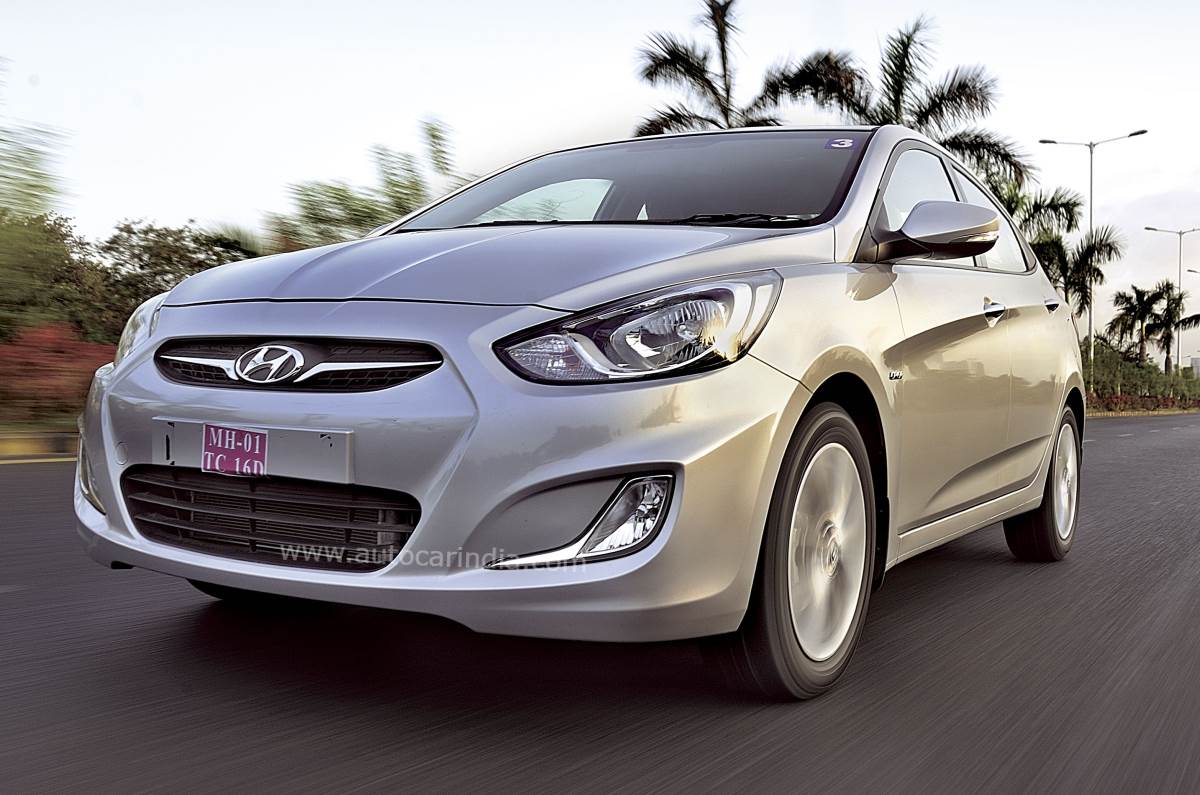
The ‘Fluidic’ Verna went on to win the 2012 Autocar India Car of the Year awards for design.
Hyundai also made it a point to make the Verna feel premium on the inside, and loaded it with several segment-first features. There were also multiple powertrains to choose from, and with all these attributes, the Verna became a force to reckon with in this segment. It went on to win the Best Design and Styling category at the 2012 Autocar India Car of the Year awards.
What it lacked was the dynamic polish that some of its rivals like the Volkswagen Vento and Skoda Rapid offered. The ride, in particular, felt too soft and that hampered the car’s high-speed stability. Hyundai addressed the shortcoming with a major update in 2015. The mid-cycle facelift was christened ‘Verna 4S’ and brought with it major suspension updates and styling tweaks.
Hyundai tones down the Verna’s styling (2017-present)
By 2017, it was time for another generation change for the Verna, and this time too, Hyundai went for a full design change. However, for this generation, Hyundai dialed back on the styling a bit and made the Verna look more mature and grown up. The interior, too, wasn’t as visually striking as before, but what did not change was the high quality feel and the long equipment list. Hyundai also made huge improvements in the Verna’s dynamics, and both the petrol and diesel engines offered strong performance. What Hyundai did not address sufficiently was the back-seat space and comfort, which was still short of some of its rivals.
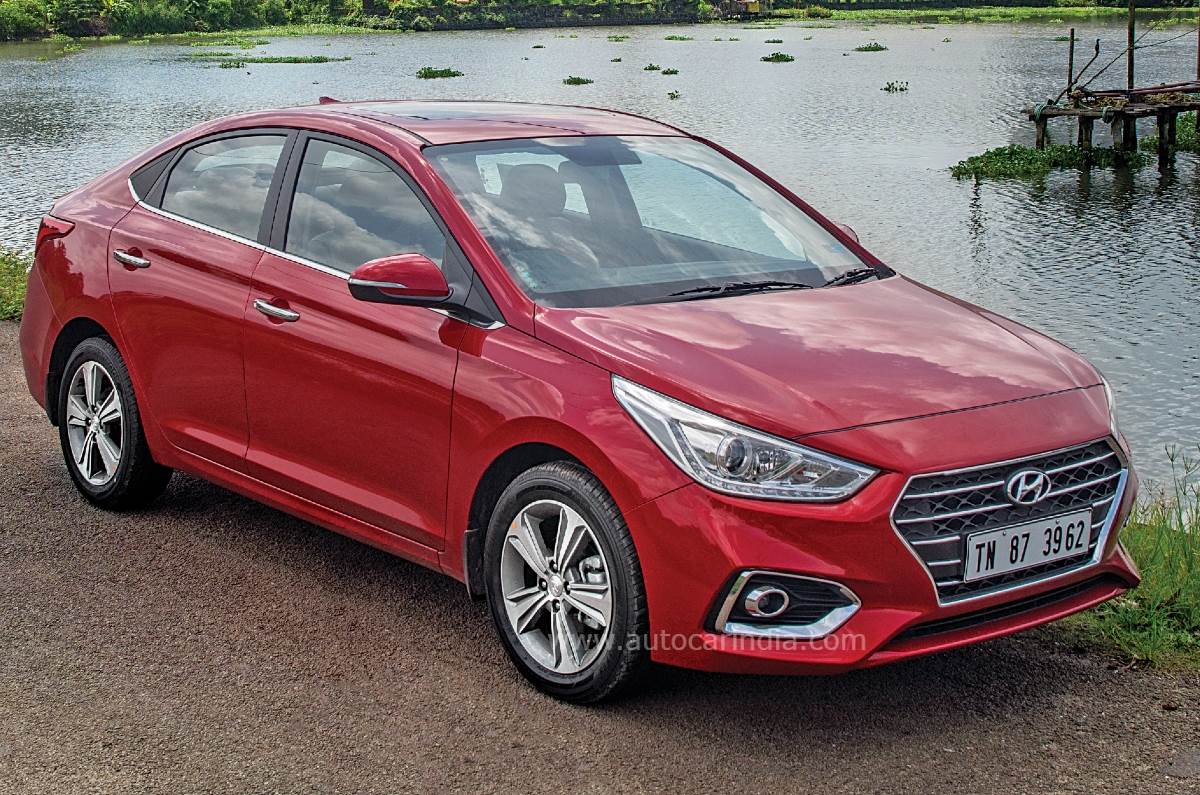
While still stylish, the 2017 Verna was not dramatic looking as its predecessor.
A major facelift for the Verna came in 2020, which saw the car get substantial cosmetic updates and new powertrains, including the spirited three-cylinder turbo-petrol from the Venue. It also got new naturally-aspirated petrol and turbo-diesel engines, and three automatic gearbox options – giving a wide variety of powertrain options. All of this made it better prepared to take on its rivals like the new Honda City, Toyota Yaris and the Maruti Suzuki Ciaz.
New Hyundai Verna will have it tough
The new-gen Verna will make its global debut on March 21. While the previous iterations have arrived amidst a lot of competition, the new Verna comes at a time when the midsize sedan segment has shrunk. There are fewer rivals, but the new Verna sees a new kind of competition from a whole host of midsize SUVs, which are clearly the more popular choice in the Rs 10 lakh-20 lakh price bracket.
Plus, while the rivals have reduced, the existing ones like the Volkswagen Virtus, Skoda Slavia, the Maruti Suzuki Ciaz and the recently facelifted Honda City are all credible enough to give the Verna serious competition.
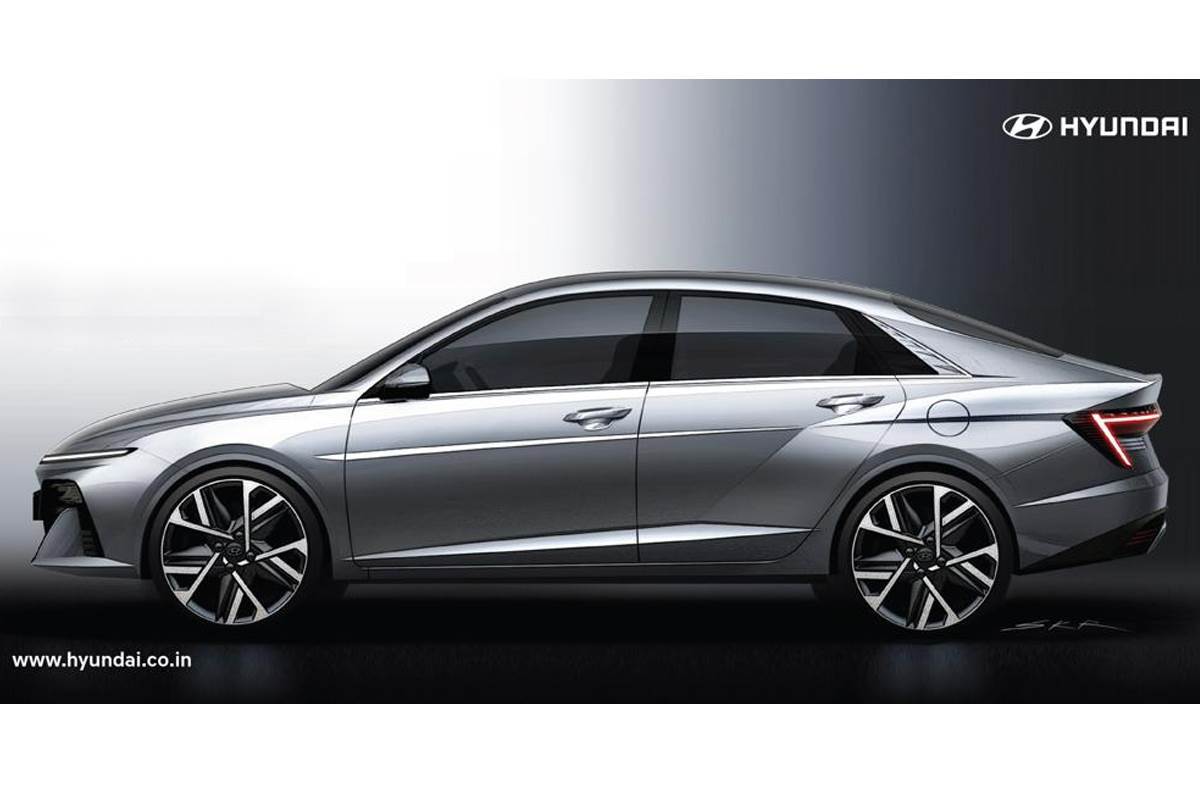
The new Verna gets design cues from global models like the Grandeur sedan.
As it has done previously, Hyundai seems to be putting their all into the new Verna. It carries a very different design that is inspired from Hyundai’s global models like the Grandeur sedan and the Staria MPV. From the teasers, the Verna looks loaded with features, including two 10.25-inch screens, Bose sound system and ADAS tech. It also gets a new 1.5-litre turbo-petrol engine that makes a class leading 160hp.
A long list of features, strong performance, the assurance of the Hyundai brand and value-for-money pricing has all helped the Verna become such a strong player in the segment. It has also worked in the Verna’s favour that Hyundai has been very receptive to feedback and every iteration has been a major improvement over the one it has replaced. Can the new Verna replicate the success of its predecessors, especially at a time when the market dynamics have shifted? Only time will tell. The first impressions, however, are certainly positive
Do you think the new Verna will shake up the mid size sedan segment? Let us know in the comments below.
Also see:
Hyundai Aura facelift video review
Hyundai design head SangYup Lee is 2023 World Car Person of the Year
Hyundai Alcazar gets new 1.5 turbo petrol engine; bookings open



















